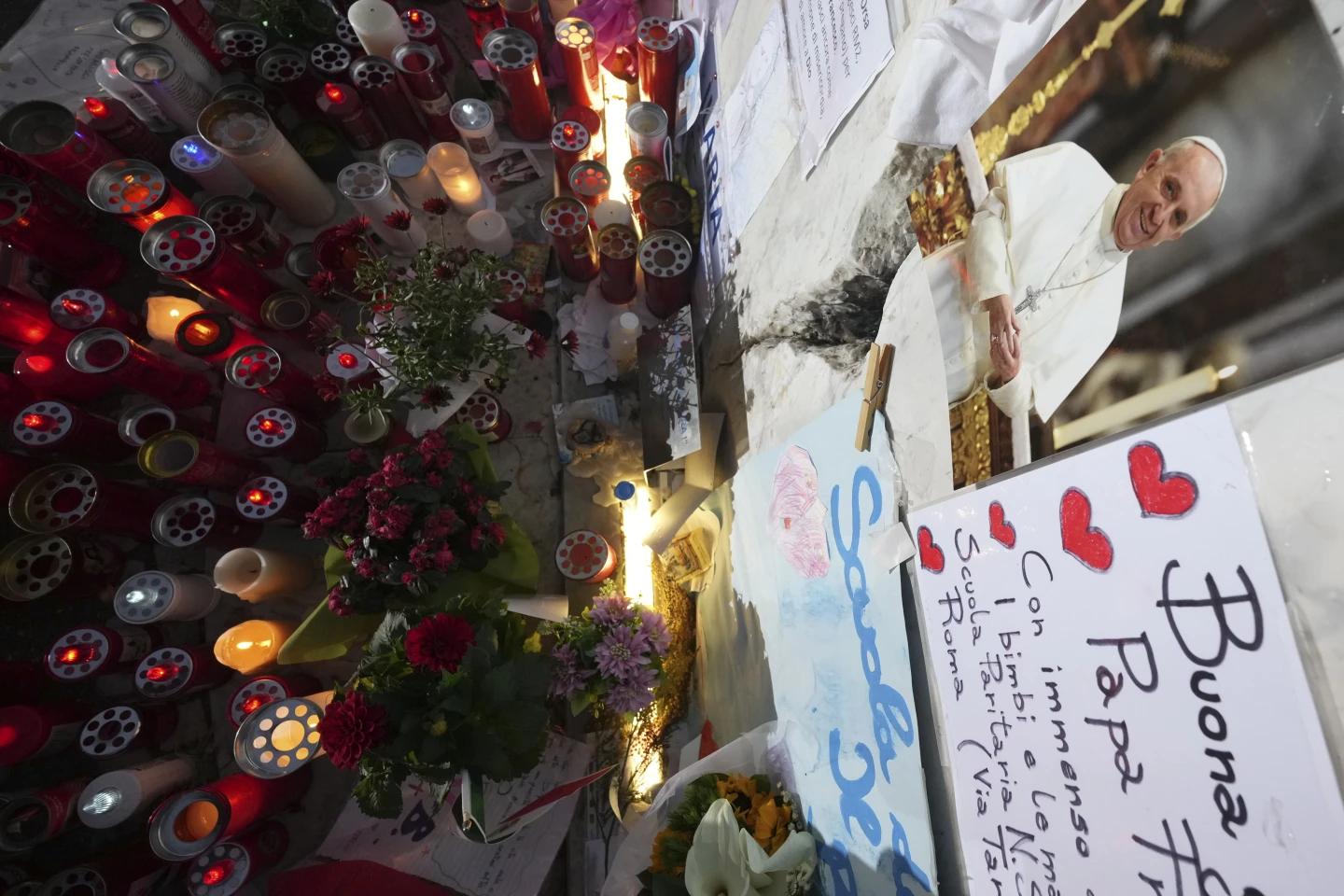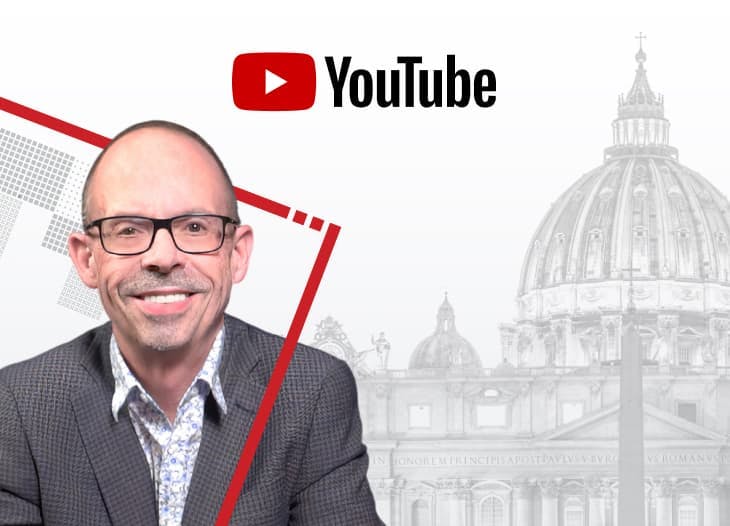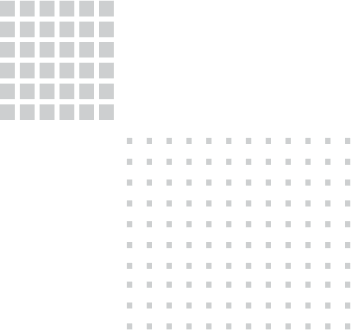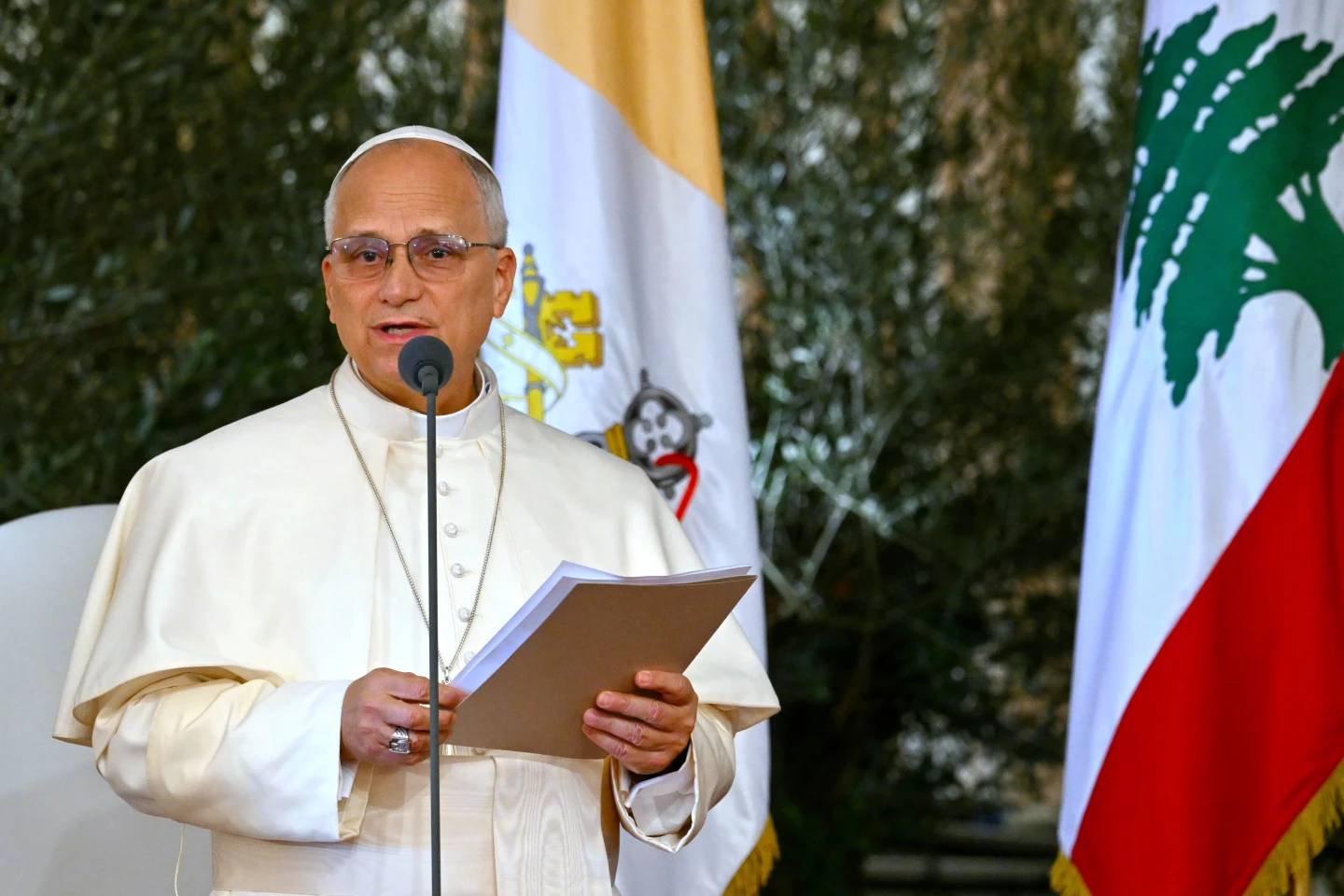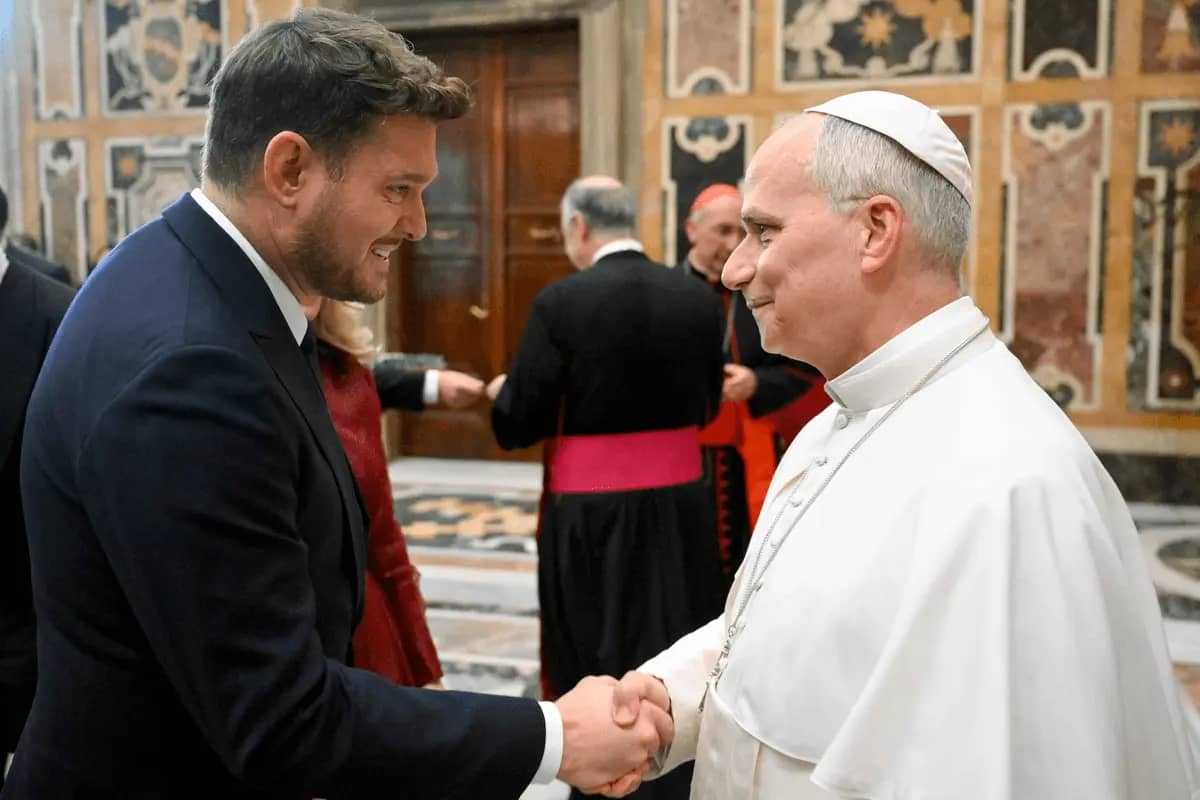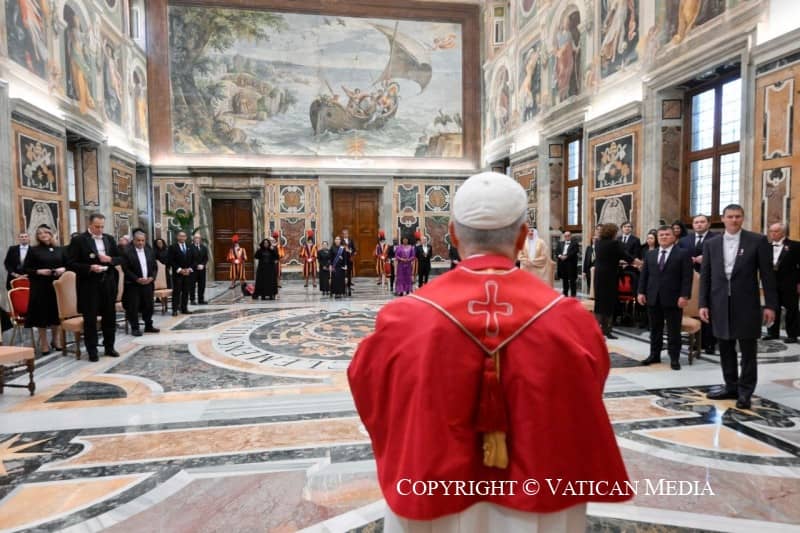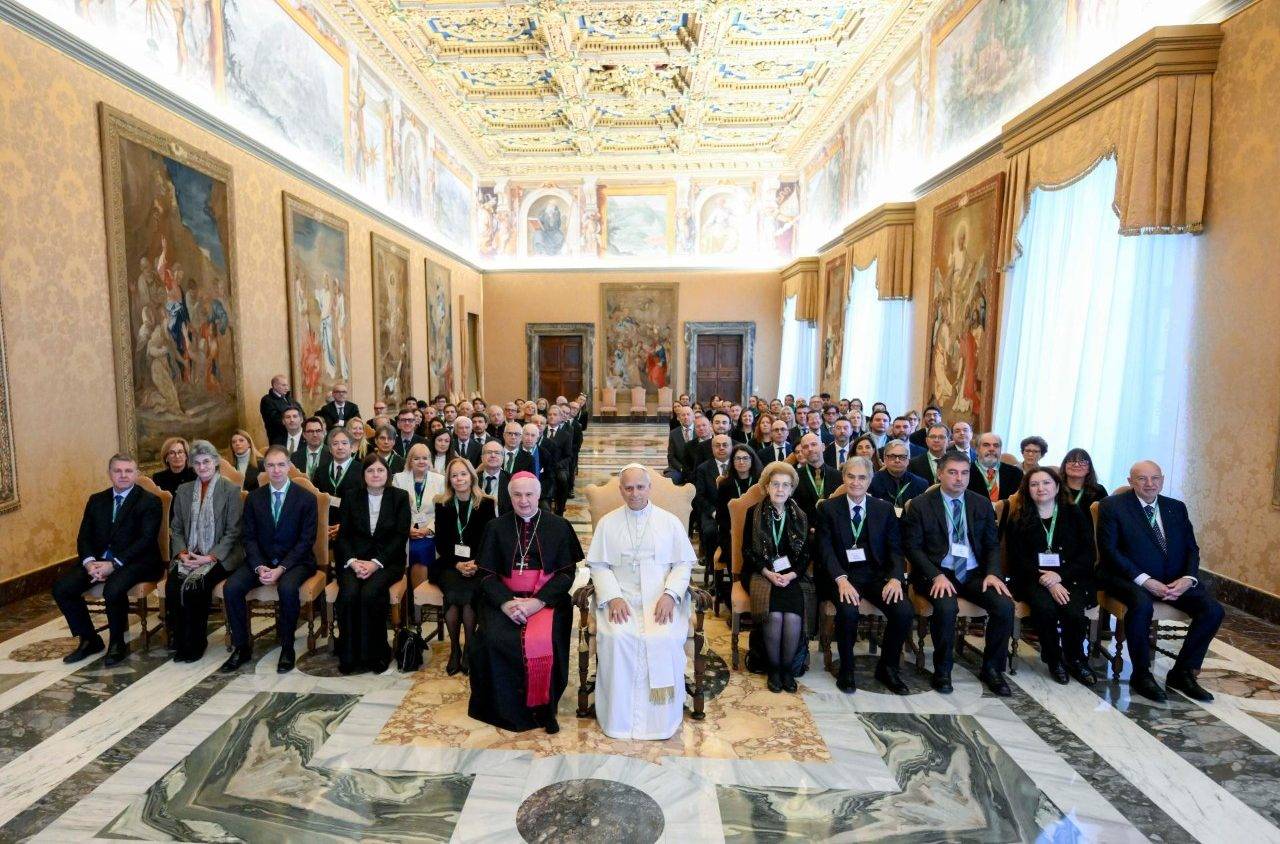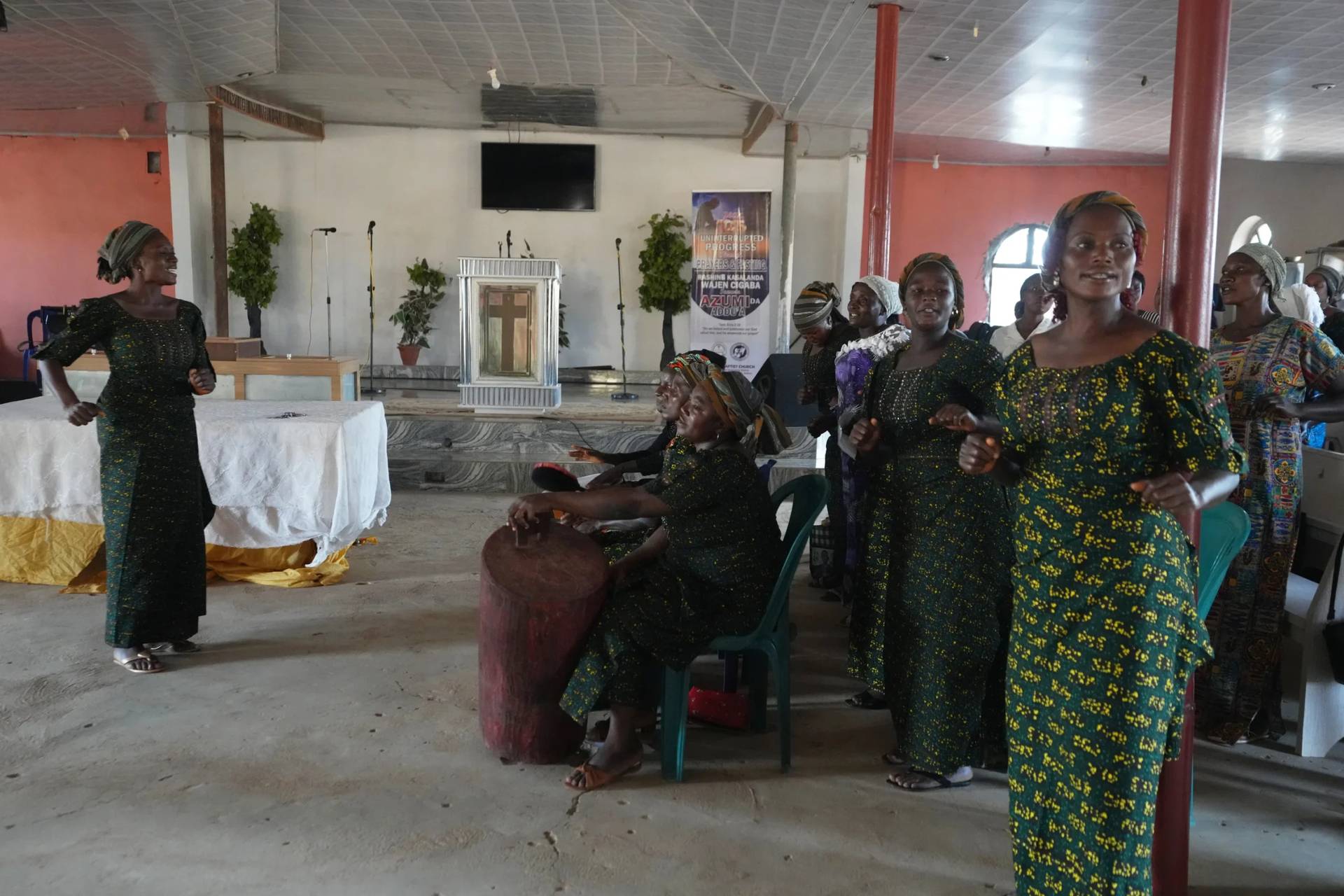ROME – Despite experiencing multiple respiratory crises last week, Pope Francis has been in stable condition for several days and continues to work and undergo breathing and mobility therapy, while his overall prognosis remains unclear.
A March 8 Vatican statement said that Pope Francis “had a good night” and was continuing to rest in the morning, and more would be available on his medical status that evening.
Given the pope’s stability and the lack of any respiratory crises for several days, doctors did not release a medical bulletin on his clinical status Friday night, as they have done every night since he was admitted.
Francis has been hospitalized for three weeks, being admitted to Rome’s Gemelli Hospital Feb. 14 for treatment of a complex respiratory infection and double pneumonia.
He has experienced several breathing crises, including several spasms that have required suctioning gastric content and mucus out of his respiratory tract, and which have forced him to depend on constant high-flow oxygen to prevent further incidents.
Vatican sources said Friday that the pope continued breathing physiotherapy and mobility therapy, and that he was stable “in a complex framework.”
The 88-year-old pontiff is missing part of one lung, which was removed due to a serious bout of pneumonia when he was a young Jesuit, and roughly half of his colon, which was taken out in 2021 due to a condition called stenotic diverticulitis, a restriction of the colon with possible inflammation or infection of pouches inside the walls of the large intestine.
He also suffers from chronic sciatica, forcing him to use a wheelchair at times and preventing him from celebrating papal liturgies at the main altar due to difficulty standing for long periods, and chronic breathing difficulties.
Sources inside the Vatican said Friday that the pope’s condition “remains stable in a complex framework,” and that his overall prognosis was still unclear, despite his stability in recent days.
Francis spent Friday, according to the sources, alternating rest, breathing and mobility therapies, and prayer, spending roughly 20 minutes in the chapel next to his private suite on the 10th floor of the Gemelli Hospital, before conducting work activities.
The pope continues to use high-flow oxygen through nasal cannulas, or tubes, during the day, and is using non-invasive mechanical ventilation, a mask tightly adhered around the nose and mouth, at night to prevent further respiratory crises.
On Thursday, after three weeks of silence and invisibility to the public eye, the pope recorded and published an audio recording thanking believers for their prayers, especially those who gather in St. Peter’s Square to pray a nightly rosary for his health and recovery.
SUPRISE AUDIO FROM POPE IN HOSPITAL tonight in St. Peter’s Square
Speaking in Spanish, Pope says “I thank you from the bottom of my heart for your prayers for my health from the Square. I accompany you from here. May God bless you & the Virgin protect you. Thank you” pic.twitter.com/5a1A1StqXd
— Delia Gallagher (@deliavatican) March 6, 2025
Vatican spokesman Matteo Bruni told journalists Friday that it was the pope himself who wanted to publish the recording, in which his voice sounds labored and breathless, because “he wanted to thank people for the many prayers they are saying for him and thanks to which he feels ‘carried’ and supported by the entire People of God.”
Given the lack of a clear prognosis, doctors have not yet indicated when Pope Francis might be discharged, and when he could potentially resume regular duties. They have consistently maintained that while stable, he is not yet out of danger.
Follow Elise Ann Allen on X: @eliseannallen
